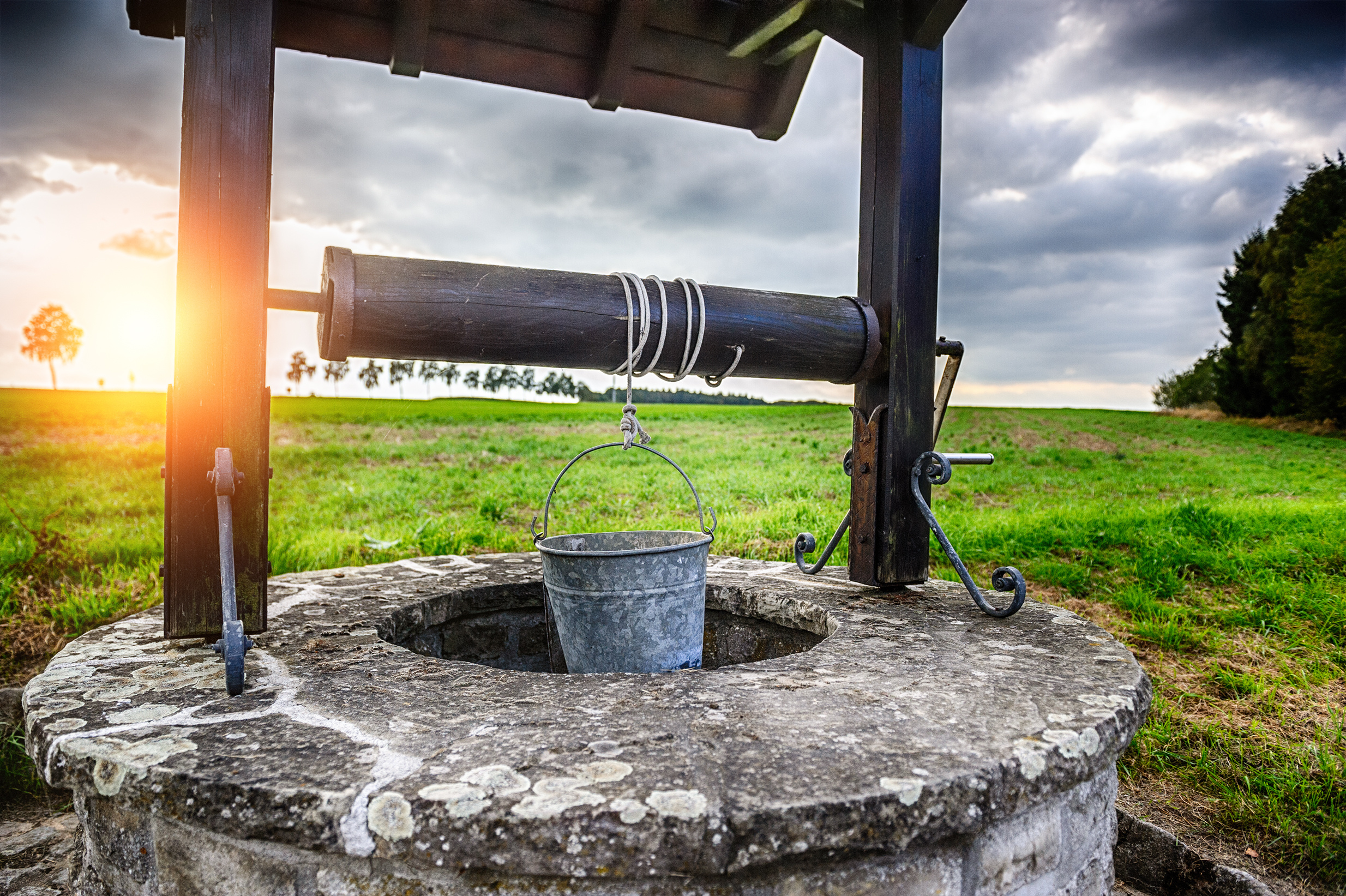Water and Mineral Rights: What to Know

Did you know water and mineral rights sometimes come with the purchase of land or property? Real estate with one or both of these rights can be more valuable, but can also be a more complex transaction. Mineral rights can also be sold or leased on their own, and in some cases for huge sums of money. This makes the rights to these natural resources more lucrative and appealing to investors. So, what are water and mineral rights and what does it mean to own them?
What Are Water and Mineral Rights?
Along with air rights, water and mineral rights are types of ownership rights that can be privately owned by individuals or shared among a group. They dictate what you can and cannot do with the natural resources above, beneath, and adjacent to the property. Mineral rights entitle the owner to extract, use, lease, or sell the mineral resources beneath the earth’s surface. Water rights entitle the owner to access or use specific sources of water on or near their property. We’ll look at the two main types of water rights first, starting with surface water and then defining groundwater.
Surface Water
Surface water refers to bodies of water above the ground, including streams, rivers, lakes, and oceans. These rights allow “reasonable” access to a body of water adjacent to the property for domestic use. Some examples include the rights to build a dock and go swimming, fishing or boating, or diverting water for agricultural use. In water-scarce areas, such as the Western U.S., a concept called prior appropriation can be applied to give priority to the first owner who uses the water. This helps regulate and conserve surface water use for agricultural and household needs.
Groundwater
Groundwater, or subsurface water, includes underground water sources such as wells, aquifers, and underground basins. These rights are typically limited to “reasonable use” to avoid depleting a natural resource or using more than your portion of a shared water source. Groundwater can be used for agriculture, irrigation, livestock watering, and other “beneficial uses.” Prior appropriation rights can also apply to groundwater sources, depending on local water restrictions. Even with the right to use groundwater, property owners cannot do anything to cause damage to the subsurface supply.
Minerals
Mineral rights apply to resources below the ground, including oil, gas, coal, gold, silver, and other metals and gems. Earthy, surface materials like sand, limestone, and gravel are not considered subsurface and therefore not included in mineral rights. These rights can be owned, sold, or leased separately from the land they sit under. A common example with the potential for a huge return is an oil lease. This is when an owner leases their right to extract the oil to another party, who then pays the owner royalties from any profits made.
Water and mineral rights can significantly increase the value of land and can be equally, if not more, complex to understand. They can also vary by state and even by county. It’s best to consult with a water rights or mineral rights attorney if you’ll be entering into a transaction involving one or the other. You can learn more about the different types of water rights in various states here. And you can learn more about mineral rights on the U.S. Geological Survey website.









